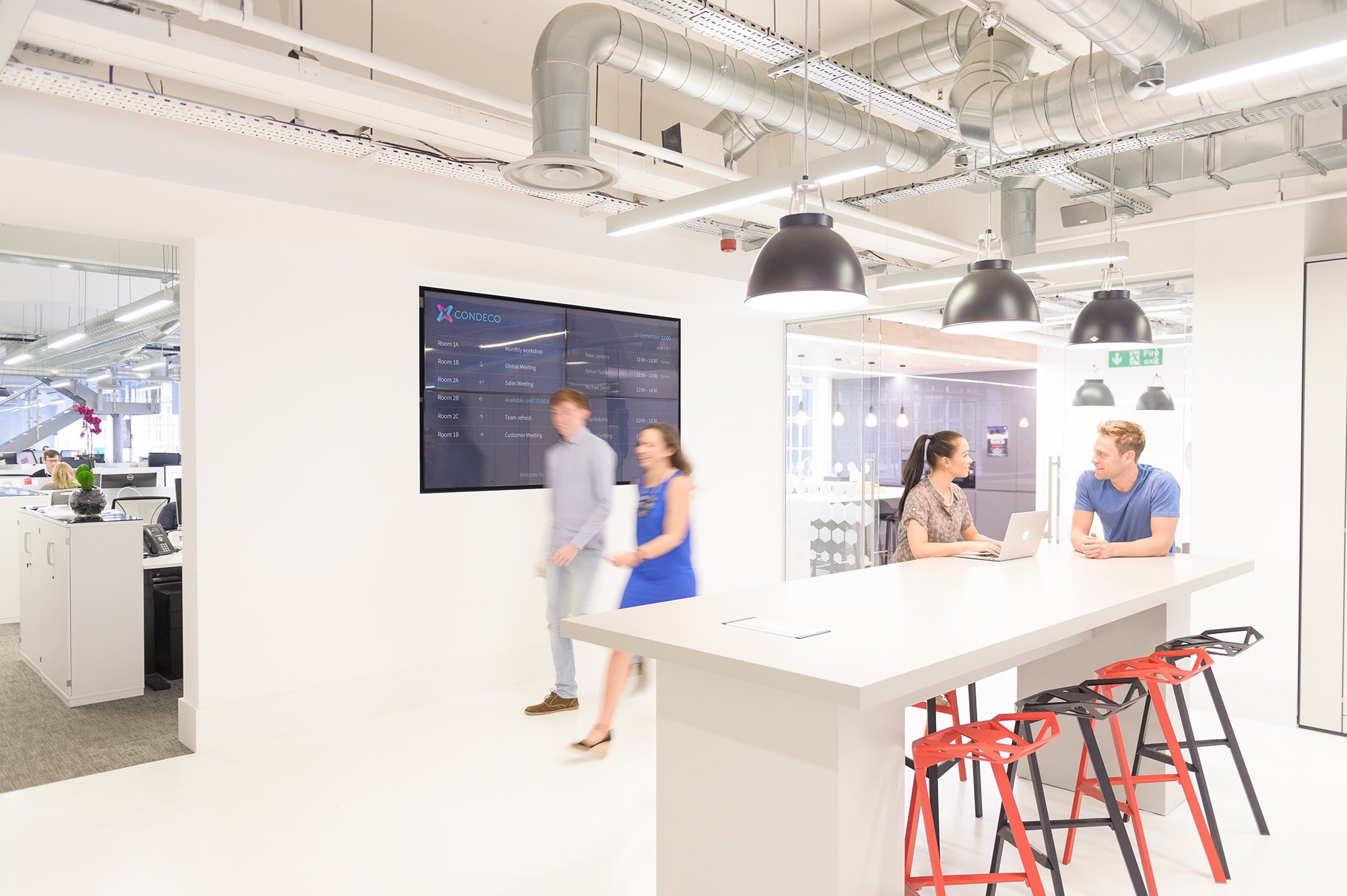‘’In the next 30 years we will continue to take solid things- an automobile, a shoe – and turn them into tangible verbs. Products will become services and processes.’’ – Kevin Kelly, Co-founder, Wired Magazine.
 Condeco spoke at the recent WORKTECH London Conference about the phenomenon that is the ‘Uber effect’! Their business model reiterates Kevin Kelly’s sentiments and makes me believe that this change will happen even sooner than the predicted 30 years.
Condeco spoke at the recent WORKTECH London Conference about the phenomenon that is the ‘Uber effect’! Their business model reiterates Kevin Kelly’s sentiments and makes me believe that this change will happen even sooner than the predicted 30 years.
Impact of the Social Consumer
The great thing about the adoption of new technology is that as we advance, every step is in larger strides and in comfier shoes. The Uber effect is one of the best examples of the changing interaction between consumers and businesses, with consumers wanting instant response, gratification and businesses ready to deploy their resources to satisfy this hunger. But what’s the cause of this change – social media and online services of course!
The Rise of Dematerialisation
We can’t ignore the impact that the dominant multinationals will have on this progress. We’ve seen Microsoft successfully use technology to transfer the world away from paper and towards digital documents, that are now easily accessible from the cloud via services like Office 365 (Product – Service). Kevin Kelly calls this dematerialisation; using less materials at every stage until it becomes a service. Having this transformation from product to service leads to more agile organisations.
David Howorth, Director of UK, Middle East & Africa at Condeco, cited the latest Forbes research about the 2017 workplace trends at the recent WORKTECH Conference. He said that ‘’Technology is the glue that brings it all together’’ and I couldn’t agree more.
{{cta(‘dc507bf6-1441-4351-af7e-1262178454fb’)}}
Adapting the Workforce
The trend of moving to a service model is spreading across the B2B market. As we start to focus more on servicing client’s either internally or externally, the focus naturally shifts to the experience of the journey, how workplaces enable cross pollination of resource, and indeed a blended workforce. Adapting legacy ways of working to embrace this culture will headline in all transformation and real-estate strategies.
Getting this right is far from easy, especially in a gig economy. It is estimated that 40% of the next generation workforce will be freelancers and expect this as the norm as they want to work side by side with permanent colleagues on projects in an environment that champions flexible working. Naturally some industries and businesses adapt quicker than others, but all can renew their operating model and focus on the easy wins and the changes that aren’t restricted by regulation or significant cost.
So how do you engage your workforce, whether freelance or permanent, to service your clients’ needs? The number one trend highlighted in Forbes workplace trends research is that companies will be increasing their focus on improving employees and candidates experience. There are plenty of ways to do this, but surely the simplest solution is to listen to what they are telling you. And not only listen, but act on what say to train your workforce and create a workplace ready to embrace the next tangible verb.